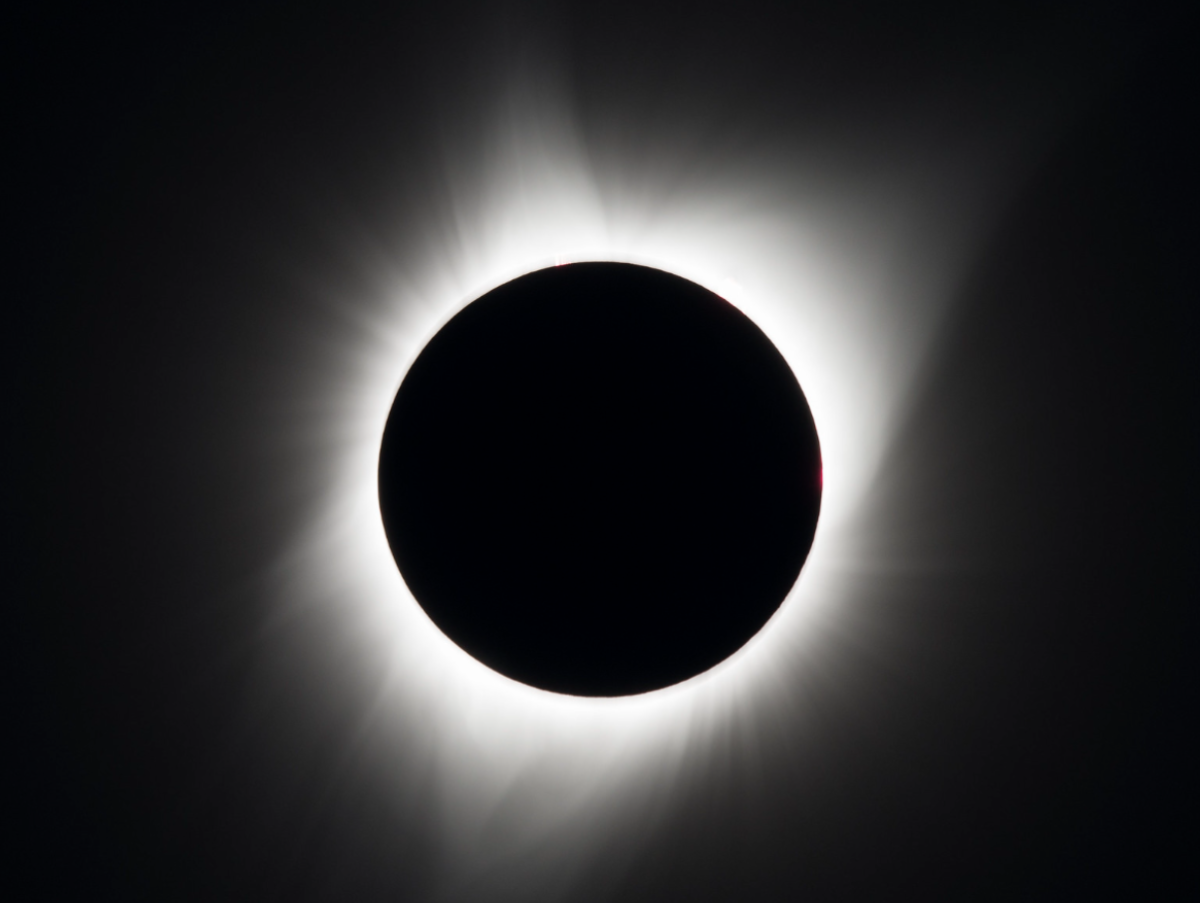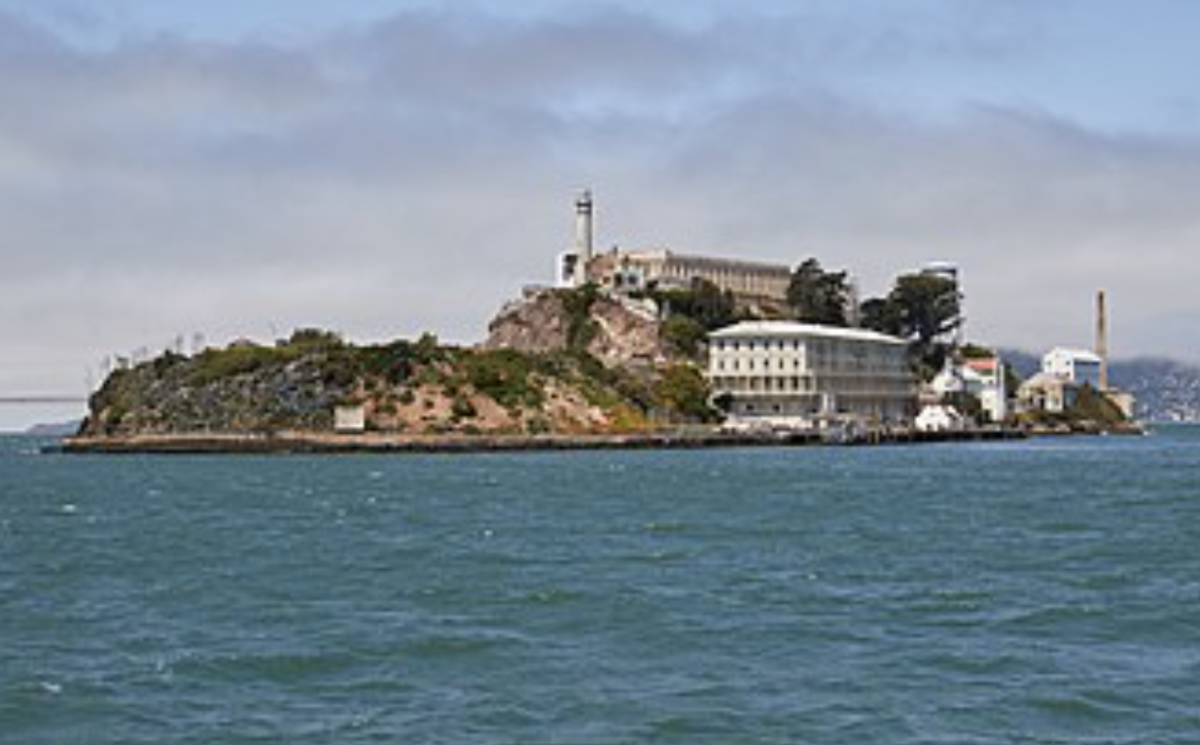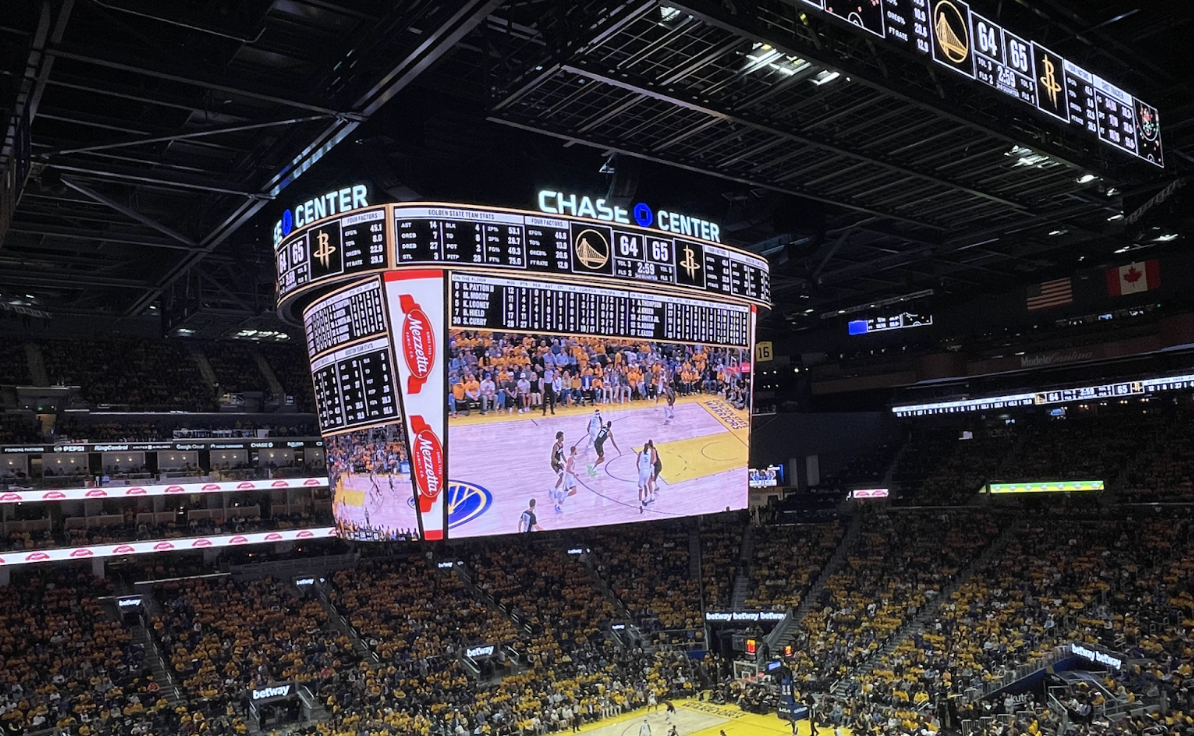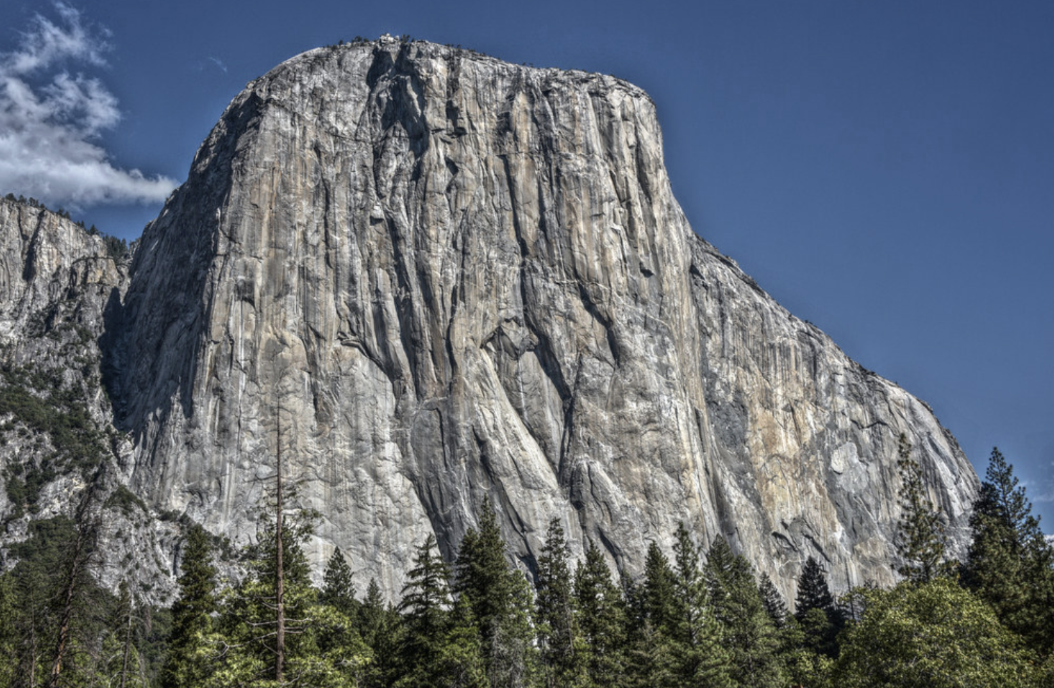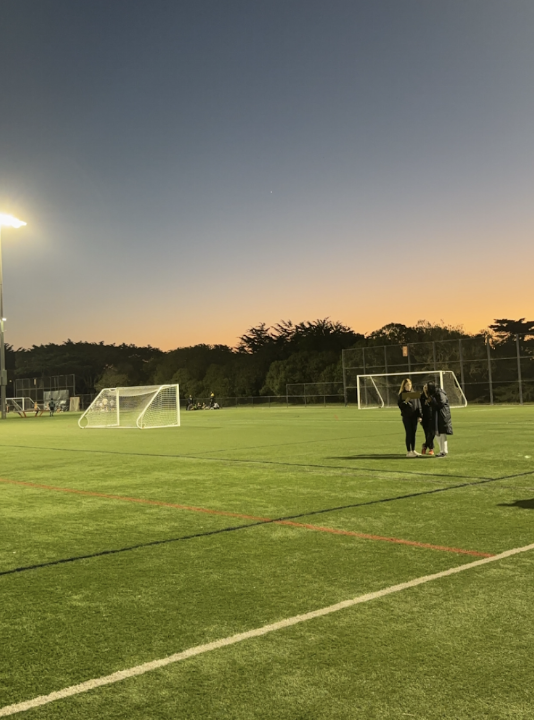Today, a total solar eclipse occurred for the first time since 2017. The total eclipse started along Mexico’s Pacific Coast at around 11:07 a.m. PDT and then will move up on its path of totality from Texas to Canada.
The last solar eclipse visible to the US occurred on Monday, Aug. 21, 2017, with its path of totality on the West Coast. This total eclipse is mostly in the eastern and southern parts of the US. In California, the highest percentage of visibility of the solar eclipse is 36%, and is most visible in Sacramento, Stockton, and Modesto according to NASA.
“I think that a total solar eclipse is such a cool event and experience,” sophomore Mia Pisacane said. “I am sad we won’t get to see the totality of the eclipse, but I am still excited for it,”
For about four minutes, the moon will completely block the sun from Earth’s view, and the eclipse will create a “double diamond ring.” this means that at the beginning of the totality, one spot of the sun will poke out from the moon, and at the end of the totality, another spot of the sun will poke out from the moon, signaling the end of the totality of the eclipse, according to The Great American Eclipse,
The eclipse will be total from around midday to the afternoon across the US. It will be total in the southern states around 12:20 to 12:45 p.m. CDT and in the eastern states around 2:00 to 2:20 p.m. EDT.
“I think the eclipse’s path of totality is very interesting,” sophomore Aoibhinn Reidy said. “It is going from Mexico all the way up to Canada in a straight path,”
NASA has issued safety protocols for viewing the eclipse, due to the harmful effects it can have on the human eye, such as retinopathy. NASA encourages people to use official solar viewing glasses instead of regular sunglasses to ensure protection and safety for the eyes, according to Reidy.
This total solar eclipse is the last total solar eclipse that will be visible to the US until 2044. The 2044 total eclipse will also have a shorter path of totality, making this eclipse the largest the US will have for a long time.
“I cannot wait to see how this total eclipse will play out and the effects it will have,” Pisacne said. “While I may not be able to view it in its entirety, I am still excited to see photos and live footage.”



